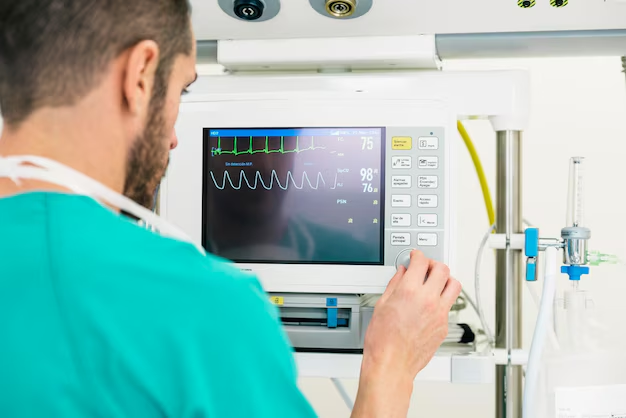How Long Does It Take to Become a Cardiac Sonographer?
Becoming a cardiac sonographer, a critical role in the healthcare system, involves a blend of formal education, specialized training, and certification. Typically, aspiring cardiac sonographers start with a two-year associate degree in diagnostic medical sonography, though some choose to pursue a more comprehensive four-year bachelor’s degree. These programs encompass essential courses in anatomy, physiology, and ultrasound technology, providing a robust foundation for this specialized field. After completing an academic degree, candidates must engage in an accredited cardiac sonography training program that usually lasts between one to two years, combining classroom education with hands-on clinical practice to perfect their skills.
Certification, while sometimes optional, is strongly recommended to enhance job prospects and professional credibility. Specifically, the American Registry for Diagnostic Medical Sonography (ARDMS) offers certifications such as the Registered Diagnostic Cardiac Sonographer (RDCS), an accolade that verifies a sonographer’s expertise. Obtaining these certifications requires passing comprehensive examinations that attest to one's proficiency and dedication to this essential medical field. It's clear that pursuing the right degrees and certifications is crucial for a successful career as a cardiac sonographer, a journey that can take anywhere from three to six years depending on the educational path chosen.
Path to Becoming a Cardiac Sonographer
- 🎓 Associate Degree in Diagnostic Medical Sonography (2 years)
- 🎓 Bachelor’s Degree in Diagnostic Medical Sonography (4 years, optional but beneficial)
- 🏫 Specialized Cardiac Sonography Training Program (1-2 years)
- 📜 Certification from ARDMS:
- Registered Diagnostic Cardiac Sonographer (RDCS)
- ⏳ Total Timeframe: 3-6 years depending on the educational path
